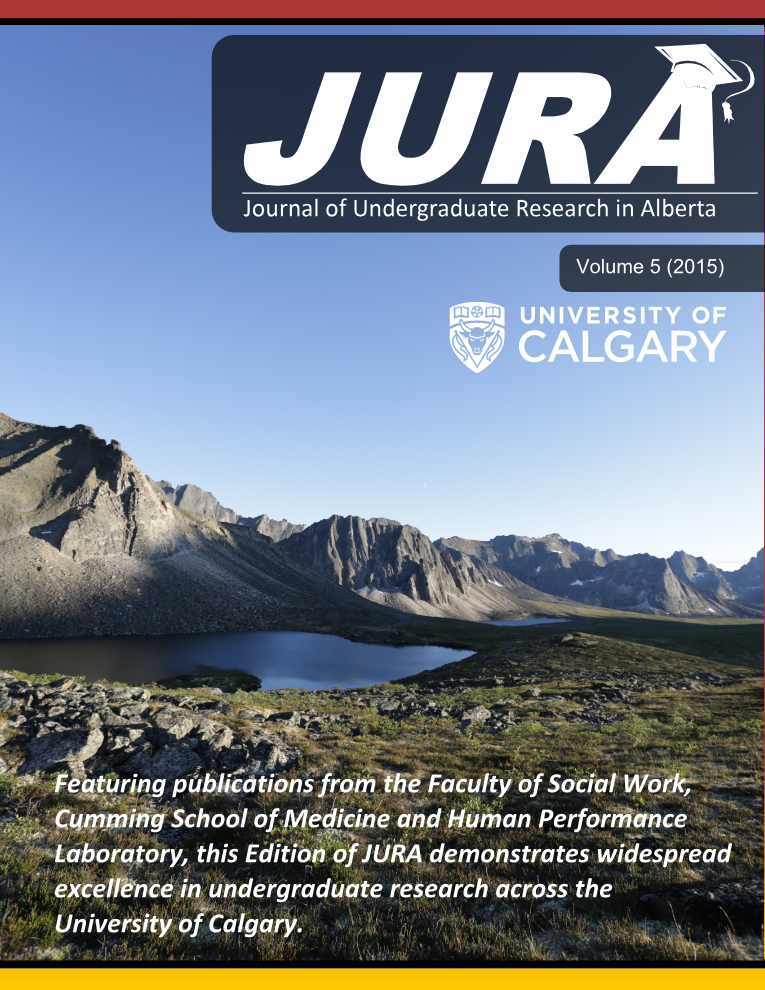Aging is Associated with Reductions in Fascicle Length, Sarcomere Length and Serial Sarcomere Loss
Keywords:
aging, fascicle, sarcomere, passive force, skeletal muscleAbstract
Introduction: Aging is associated with decreased active force production leading to muscle weakness and subsequently decreased muscle performance. Aging also affects the muscle’s passive force properties; whereby in old age passive muscle force has been shown to be elevated above that of young, which may be related to increased muscle stiffness with age. The purpose of this study was to investigate potential structural property changes that occur in aged muscle that may contribute to increased passive force.
Methods: The muscle length where peak force occurred (i.e. plateau of the force-length relationship (FL); L0) was determined for the medial gastrocnemius muscle (MG) of young (n = 9) and old rats (n = 8) rats. Muscles were fixed at L0 in 10% formalin, fascicle length, sarcomere number and the sarcomere length were compared at L0.
Results: Muscle from old rats showed a reduction of ~14% in fascicle length, ~4% in sarcomere
length and ~10% in sarcomere number, (P < 0.001).
Discussion: Shorter fascicles and reduced sarcomeres in series in muscle from old rats may explain increased passive forces in older individuals. Reduced sarcomere number in series would lead to overstretched sarcomeres, leading to increased tension on sarcomere passive force structures and sarcomeres operating on the descending limb of FL relationship.
Downloads
References
2. Narici, Maganaris, Reeves, & Capodaglio, J Appl Physiol. 95:2229-2234, 2003.
3. Li et al. J Gerontol. 58:283-290, 2003.
4. Roig, et al. (2010). Exp Gerontol. 4:400-409, 2010
5. Burkholder & Lieber. J Exp Biol. 204:1529-1536, 2001.
6. Hooper. J Gerontol. 27:121-126, 1981.
7. Lieber et al. (1984). Biophys. J 45:1007-1016, 1984.
8. D’Antona et al. J. Physiol. 552:499–511, 2003.
9. Hill, Proc R Soc Lond B Biol Sci. 141:104-117, 1953.
10. Piec et al. FASEB 19:1143-1145, 2005.
11. Gokhin, et al. Am J Physiol, 302:C555-C565, 2012
12. Ter Keurs, Luff, Luff. Adv in Exp Med and Bio. 37: 511-525, 1984.
13. Power, G., et al. Physiological reports. 1:1-8, 2013
14. Thom, et al. Eur J Appl Physiol. 100: 613-619, 2007
Downloads
Additional Files
Published
Issue
Section
License
Authors retain all rights to their research work. Articles may be submitted to and accepted in other journals subsequent to publishing in JURA. Our only condition is that articles cannot be used in another undergraduate journal. Authors must be aware, however, that professional journals may refuse articles submitted or accepted elsewhere—JURA included.


